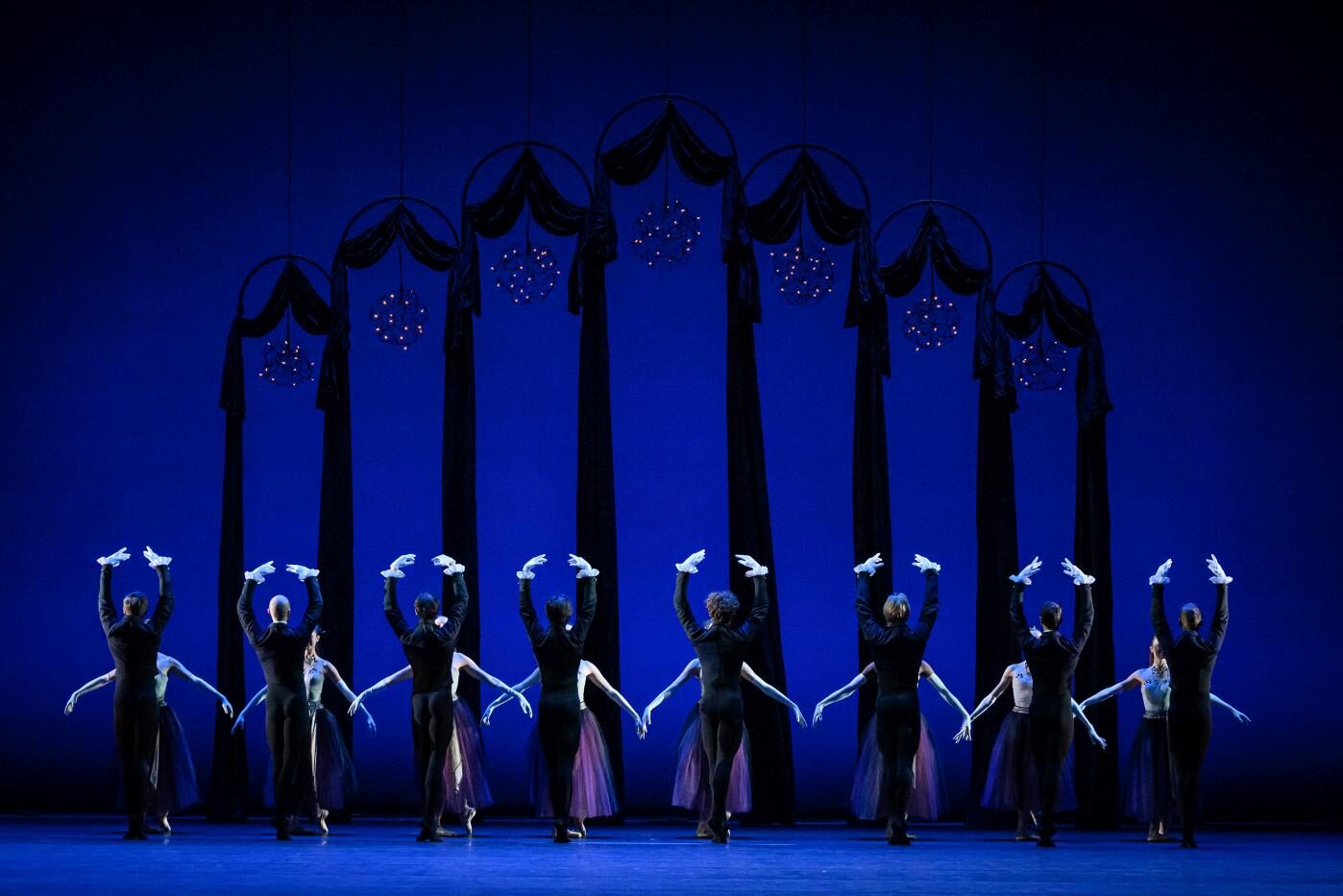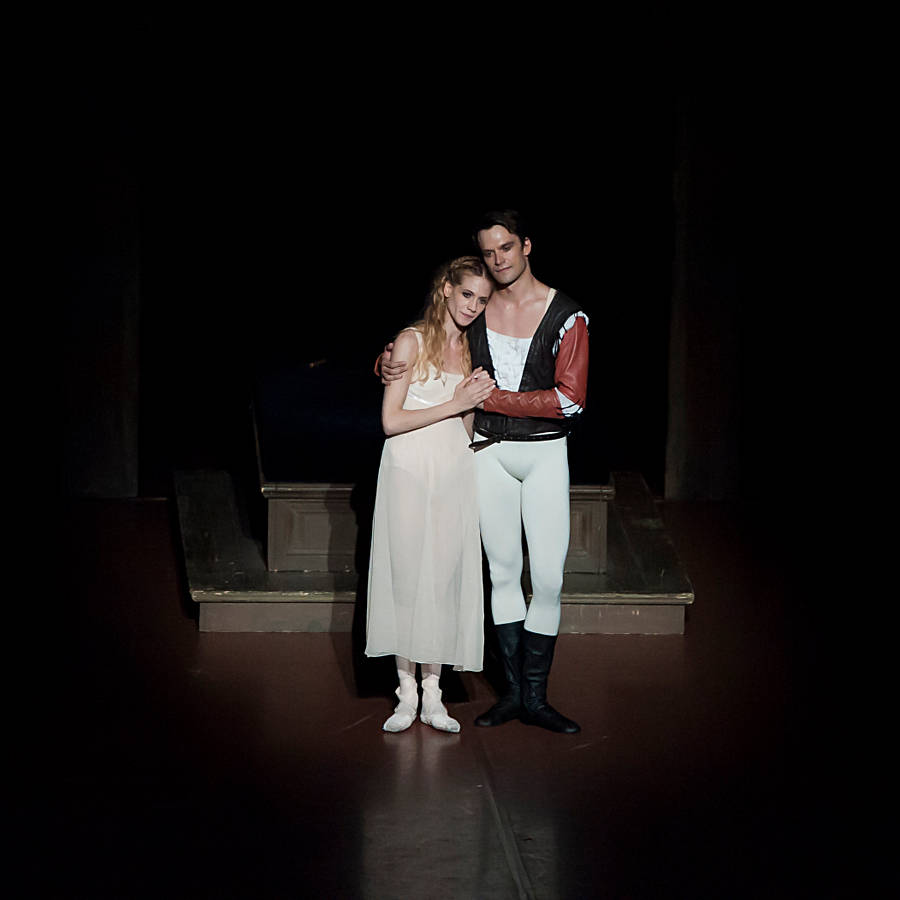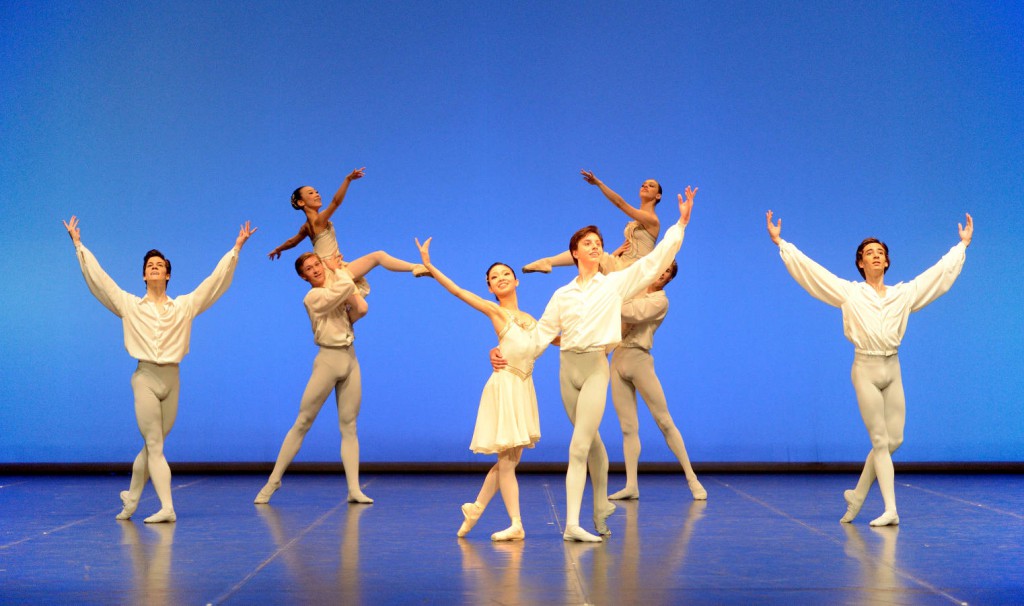Old Friends
“Hommage à MacMillan”
Stuttgart Ballet
Stuttgart State Opera
Stuttgart, Germany
January 03, 2015
by Ilona Landgraf
Copyright © 2015 by Ilona Landgraf
 Kenneth MacMillan (1929 -1992) would have celebrated his 85th birthday in December 2014. Stuttgart Ballet used this date as an opportunity to bring its close connection to the choreographer to mind. The double bill “Hommage à MacMillan” comprises “Song of the Earth” and “Requiem”, ballets with a special genesis and both created for the Stuttgart company. I saw the last performance of the first run. A second will take place in April.
Kenneth MacMillan (1929 -1992) would have celebrated his 85th birthday in December 2014. Stuttgart Ballet used this date as an opportunity to bring its close connection to the choreographer to mind. The double bill “Hommage à MacMillan” comprises “Song of the Earth” and “Requiem”, ballets with a special genesis and both created for the Stuttgart company. I saw the last performance of the first run. A second will take place in April.
In 1963 MacMillan had already created “Las Hermanas” for Stuttgart Ballet. Back then John Cranko had been at the helm of the company for two years. In 1965 the Royal Opera House refused to give MacMillan, who was its resident choreographer, permission to use Gustav Mahler’s “The Song of the Earth” for a new piece. Mahler’s music was considered untouchable, definitely not made for dancing. Besides no one had ever dared airing such an unreasonable idea. Fortunately times have changed. John Neumeier, for example, choreographed pieces to all of Mahler’s symphonies, except the 2nd and 8th symphony. Currently he is preparing a new work to “The Song of the Earth” for the Paris Opera Ballet. In any case MacMillan found the doors opened by Cranko in the mid 60s. Both had met as teenagers when studying at the Sadler’s Wells Ballet School and became friends. Cranko was the one who encouraged MacMillan to start choreographing because the Scot, who was two years younger, was heavily afflicted by stage fright when performing. (more…)








